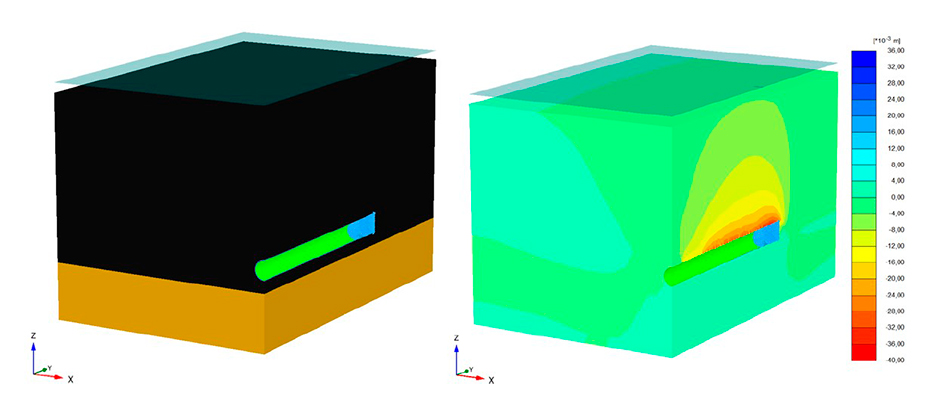Technical Talk
Date: Thursday July 7
Time: 3:00 PM
Place: Live Rountable B | Geotechnics, Governance and Closure Management
Title: Influence of Acidity Potential on the Costs of Closure Mine Tailings Dams
Authors: Osvaldo Aduvire, Lizardo Cahuana, Mauricio Sanchez
Abstract
The benefit of minerals by the concentration technique generates tailings that must be stored in deposits designed according to technical, economic, legal, environmental and social requirements. During the operational life of tailings dams, controls are implemented to reduce the impacts on the environment and on the surrounding communities through continuous monitoring programs included in the mandatory environmental certifications, including environmental impact studies. Once the operation in the tailings dam is completed, the closure stage is launched, in which the place where these deposits that store mining waste were located is rehabilitated.
To choose the alternative of closing a tailings dam we take into account a series of factors such as the deposit location, the physical and chemical properties of the tailings, the method of construction of the reservoir and mainly the behaviour of the tailings in the long term. For this, it is important to estimate the probability of alteration of the tailings in contact with water and oxygen, as well as the capacity to generate acidity and leaching of metals, among others.
The closure scheme of the tailings dam must ensure physical, chemical, hydrological and biological stability in the post-closure period. One of the biggest problems in achieving the stability of mining waste, such as tailings, with potential for acidity generation, is contact with oxygen and water. Therefore, to achieve chemical stability, the use of impermeable or semipermeable barriers is resorted to. Each alternative comprises a series of closure activities which induce certain execution costs, which at the same time generates different direct and indirect costs in the closing budget.
This paper presents the variations in closure costs for different tailings dams, identifying the variables with the greatest sensitivity and influence on the cost of closure, such as the acidity potential of the tailings, location, size of the deposit and others.




